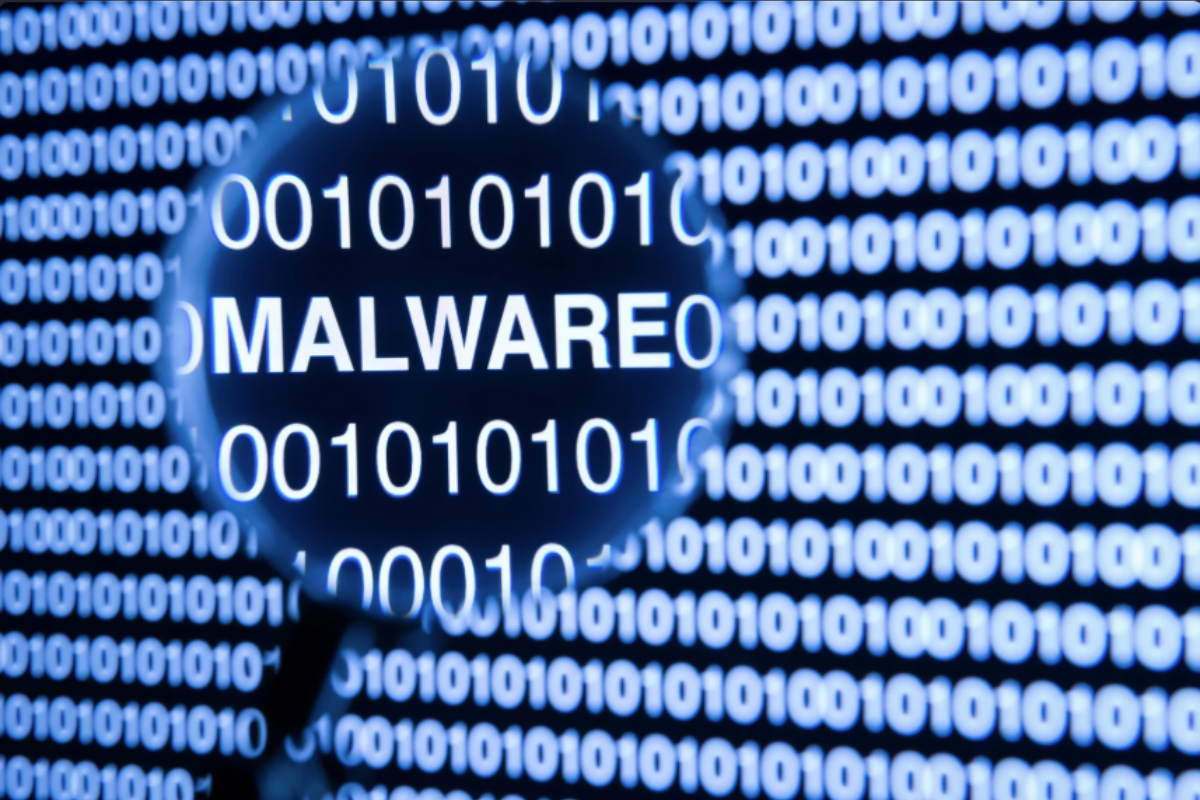How to Protect Your PC from the Latest Malware Threats: Essential Strategies for Safeguarding Your System

Malware threats are evolving rapidly, making it crucial for everyone to ensure their PCs are secure. Protecting a computer from these threats requires a combination of reliable security software, regular updates, and user vigilance. With the right strategies, anyone can significantly reduce the risk of infection and safeguard their data.
Staying ahead of malware involves not only installing an antivirus program but also understanding the latest threats and how they operate. Being informed is key to developing effective defenses. By taking proactive steps, users can create a more secure computing environment that minimizes vulnerabilities.
In the event of a malware infection, knowing how to respond quickly can make all the difference in recovering the system effectively. Awareness and preparation are essential components of a comprehensive security approach, ensuring smooth operation and peace of mind while online.
Key Takeaways
Regularly update security software to protect against new threats.
Understand how malware works to better defend against it.
Quick response to infections can help in effective recovery.
Understanding Malware Threats
Malware threats are a significant danger to computers and data security. They come in various forms and can exploit multiple vulnerabilities to achieve harmful goals.
Understanding the types of malware, common attack methods, and recent trends helps individuals and organizations strengthen their defenses.
Types of Malware
Malware primarily falls into several categories, each with unique characteristics. Common types include:
- Viruses: These attach themselves to clean files and spread throughout a system. They can corrupt or delete data.
- Worms: Unlike viruses, worms can spread independently across networks without human intervention.
- Trojans: These disguise themselves as legitimate software to trick users into installing them, allowing attackers access to systems.
- Ransomware: This type locks users’ files, demanding payment for access.
- Spyware: This malware collects personal information without the user’s knowledge, such as passwords and credit card details.
Understanding these types enables better protective measures against specific threats.
Common Attack Vectors
Attack vectors are the paths through which malware can infect systems. Many are commonly used in cyberattacks:
- Email Attachments: Phishing emails often contain infected attachments that, when opened, deploy malware.
- Malicious Websites: Visiting compromised websites can lead to unintended downloads of malware.
- Software Vulnerabilities: Unpatched software can contain flaws that hackers exploit to introduce malware.
- USB Drives: Infected removable drives can easily spread malware when connected to an unprotected computer.
- Social Engineering: Manipulating individuals to reveal sensitive information is a widespread technique used to bypass security systems.
Awareness of these methods is crucial for prevention.
Recent Malware Trends and Examples
New malware strains are constantly emerging, often evolving to bypass security measures. Recent trends include:
- Fileless Malware: This type operates in memory and does not rely on traditional files, making it harder to detect.
- Cryptojacking: Criminals use victims’ computing power to mine cryptocurrencies without their consent.
- Mobile Malware: Malicious apps targeting smartphones are on the rise, often exploiting users’ personal data.
- Artificial Intelligence in Malware: Hackers are increasingly using AI to create smarter malware that adapts and learns from antivirus responses.
One notable example is REvil Ransomware, which gained attention for its high ransom demands and data theft tactics. Staying informed about these trends helps users remain vigilant against new threats.
Implementing Proactive Protection Measures
Taking steps to proactively protect a computer from malware can greatly reduce the risk of infection. This section highlights essential measures, including the use of antivirus software, keeping systems updated, and practicing safe browsing and email habits.
Antivirus and Anti-Malware Software
Installing reliable antivirus and anti-malware software is crucial. This software detects and removes malicious programs. Users should choose products from reputable companies known for regular updates and effective scans.It’s important to set the antivirus software to run automatic scans. This ensures that the system is regularly checked for threats. Many programs provide real-time protection, which actively monitors for suspicious activities.
Users should also consider using a firewall. This adds an extra layer of security by blocking unauthorized access to the system. Browsing the internet safely means the software can help prevent various types of malware like ransomware and spyware.
Software and Operating System Updates
Keeping software and the operating system up to date is essential. Developers often release updates to fix vulnerabilities. Failing to update can leave a system exposed to known threats.
Users should enable automatic updates whenever possible. This ensures that important patches are applied without delay. Regularly checking for updates manually can also be beneficial, especially for critical applications.
Outdated software is a common way malware enters a system. Attackers exploit these weaknesses. As a result, ensuring everything is current minimizes risks significantly.
Safe Browsing and Email Habits
Practicing safe browsing habits is vital. Users should avoid clicking on suspicious links or downloading unverified attachments. These actions can lead to malware infections.
Educating users about phishing attacks can help. Phishing emails often look legitimate but aim to steal sensitive information. Recognizing these threats is key to maintaining security.
Using strong, unique passwords for different accounts reduces vulnerability. Password managers can help create and store complex passwords securely. By following these practices, users protect their systems against a variety of malware threats.
Advanced Security Techniques
Implementing advanced security techniques is essential for protecting a PC against the latest malware threats. These methods enhance overall security and reduce vulnerabilities that cybercriminals exploit.
Network Security Solutions
Network security solutions create barriers against malicious activity. Firewalls act as filters for incoming and outgoing network traffic. Both hardware and software firewalls provide varying levels of protection.
Employing a Virtual Private Network (VPN) is another effective strategy. A VPN encrypts internet connections, making data interception by hackers difficult. Additionally, using intrusion detection systems (IDS) can help identify and respond to threats in real-time.
Regularly updating router firmware and changing default passwords also contribute to a more robust network security posture. This reduces the likelihood of unauthorized access and keeps sensitive information safe.
Behavioral Analysis and Heuristics
Behavioral analysis involves monitoring user behavior to detect suspicious activity. This method uses algorithms to analyze patterns in data access and application usage. If an unusual pattern emerges, alerts can be triggered for investigation.
Heuristic analysis goes a step further by examining code for suspicious characteristics. Even if malware has not been seen before, heuristic analysis can identify potentially harmful software based on its behavior.
These techniques combine traditional signature-based methods with advanced analysis, creating a proactive approach to security. This helps organizations respond quickly to emerging threats.
Security Audits and Penetration Testing
Security audits are crucial in identifying vulnerabilities in a system. Regular audits evaluate an organization’s security policies and their effectiveness. They pinpoint gaps in security measures that need attention.
Penetration testing simulates an attack on the system to find weaknesses. By testing defenses, organizations can understand how well they can withstand real-world threats.
These tests provide valuable insights and ways to improve security practices. Following up with remediation efforts ensures that vulnerabilities are addressed promptly, maintaining a high security standard.
Responding to a Malware Infection
When a malware infection is suspected, quick action is crucial. Proper steps must be followed to detect, contain, and recover from the infection effectively.
Detection and Identification
The first step is to detect and identify the malware. Signs of infection can include slow system performance, unexpected pop-ups, and unresponsive applications.
Using reliable antivirus software is essential. It scans the system and alerts the user to any threats detected. Many tools provide detailed reports on the types of malware present.
Users should also check task managers for unusual processes. Researching any suspicious files can help confirm if they are malicious.
Containment and Eradication
Once detected, containment is important to prevent spreading. Disconnect the infected device from the internet. This stops the malware from communicating with external servers.
Next, run a full antivirus scan. Most antivirus programs allow users to quarantine or delete detected threats. Quarantining allows further analysis if necessary.
Recovery and Post-Incident Analysis
After removing malware, recovery begins. This often involves restoring files from backups. Users should also update their operating systems and software to the latest versions.
Final Thoughts
Protecting a PC from malware threats is essential in today’s digital landscape. Users should stay informed about the latest threats and adopt regular security practices to keep their systems safe.
For quick support and expert guidance, reaching out to Pro Computer in Alpharetta can help ensure your PC remains secure and efficient.

0 Comments